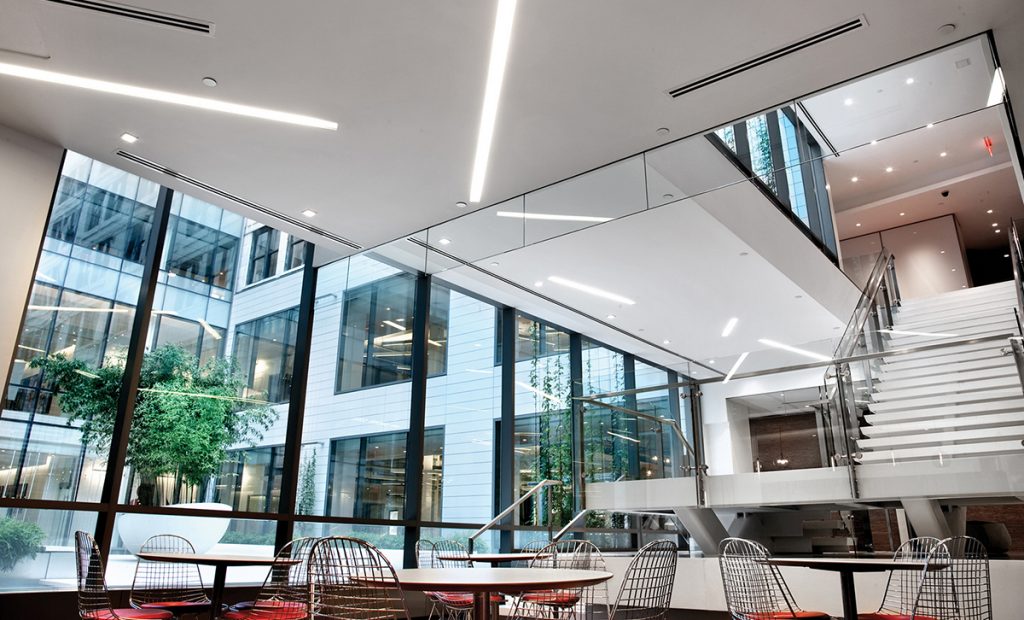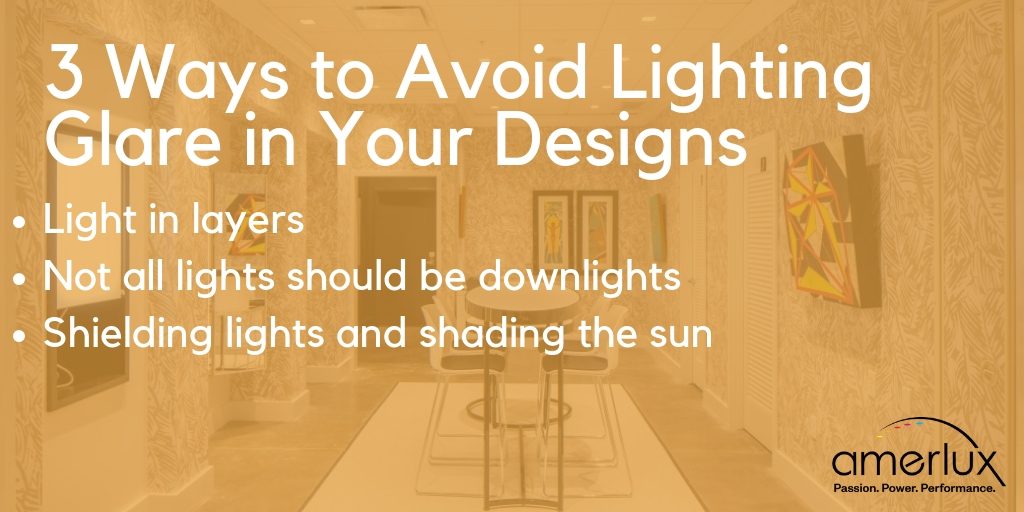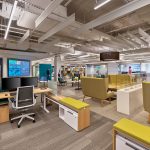6 solutions to common daylighting obstacles

For centuries, artificial lighting has been focused on providing illumination for tasks. While that is still the main purpose, the next frontier in modern lighting is light that makes us healthier and more productive.
Called human-centric lighting, this lighting style maximizes natural light whenever possible and mandates that artificial light should be designed around human needs, rather than the other way around. Human-centric lighting is a growing industry—one report estimates it was worth $617.6 million in 2018 and predicted to jump 30 percent to $850.9 million in 2019.
Daylighting, or the deliberate harvesting of sunlight paired with LED systems that dim or brighten based on the natural ambient light levels, is a key component of human-centric lighting. But daylighting isn’t without its challenges. Here are the solutions to six of the most common daylighting hurdles:
1. Sun light is hard to control
Unlike modern electric lights, which have all kinds of controls, the sun operates outside of our control—it changes throughout the day, it changes with the weather and it changes from season-to-season and day-to-day. While we can’t control the sun, we can control how a building’s lighting system works. When an LED solution is paired with sensors like photocells, occupancy sensors and automatic dimmers, the interior light can always be at a certain level. Add in LEDs’ tunability, and the interior lights can mimic the sun’s natural light and dark cycle.

2. Glare, glare, glare
Glare can be a significant issue when dealing with the strongest light source in the solar system. Fortunately, there are several strategies lighting designers and architects can utilize to avoid glare problems:
- Outside the building, features like eaves, facades with fins or louvers and brises soleil shade the building’s windows and reduce the direct sunlight the penetrates inside.
- Window positioning plays a large role in how the sun enters a building. Windows that are located high up in the wall—especially with exterior and/or interior light shelves installed—let in more indirect light than lower windows. The indirect light reduces glare issues.
- Window positioning with regard to what is outside the building is also important. For example, north-facing windows typically let in beautiful, indirect light, but if there’s a reflective surface to the north of the building (like a building with a glass façade), then the rule about north light goes out the window.
3. When the building occupants override daylighting
It’s frustrating when you design a beautiful lighting system that perfectly balances daylight and electric light and then the building occupants undo your work by closing the shades all day. A way around that is to automate light shades. Put photocells on automatic shades, so they automatically lower during the glary times of day and raise later to capture the sunlight. Otherwise, if people have to manually re-open the shades, they probably won’t.
Also, giving building users their own adjustable individual task lighting will help ensure compliance with the overall lighting plan. After all, if they can adjust their own lights to their tastes, they’ll be happier and less likely to override the main lighting system.
4. Daylighting causes heat problems in buildings
The sun is hot and the greenhouse effect of bringing sunlight into a building through glass windows can have significant impacts on the building’s HVAC system. There are several ways around this though: on the actual window glass, films and glazing can work wonders in keeping the sun’s heat out. Additionally, window treatments—especially automatic shades—can minimize any heat issues by blocking the sun at key points during the day.
Additionally, light shelves are a powerful way of drawing diffuse sunlight into a building, while leaving the heat outside.
5. The sun doesn’t go underground
You might think that having daylight is a requirement for daylighting, but that’s false.
While it’s easy to visualize how daylighting works in a standard, above-ground building, subterranean spaces can also leverage natural light using special skylights. Called variously sun tunnels, solar tubes or tubular skylights, these devices direct light from the surface to below-ground areas by way of reflectors.
Solar tubes are a great way to bring the sun into spaces that don’t normally have the benefit of natural light. For example, these specialized skylights are used in underground train stations in cities around the world.
6. Daylight can’t reach into the core of a building
Natural light is most effective in a building’s perimeter areas, as that’s where windows usually are. A common problem is that the sun’s light doesn’t reach deep enough into the building, leaving occupants in the building’s core with inadequate natural light.
Two ways to bring light into a building’s center are high windows and solar tubes. Installing windows high up in the walls and pairing them with light shelves are effective ways to bring the sun deep into the building. As with underground applications, solar tubes are also useful tools for bringing the sunlight inside.
Amerlux’s award-winning LED solutions can pair with any daylighting controls on the market to deliver the perfect lighting system in any building. Learn more with a free consultation today.

